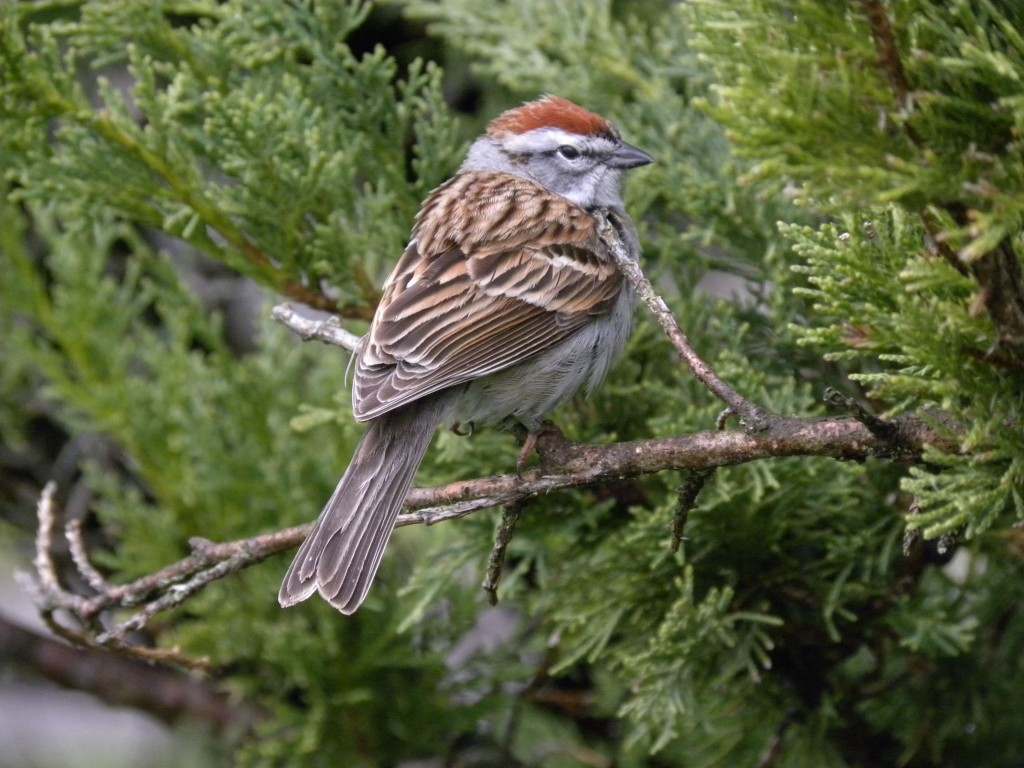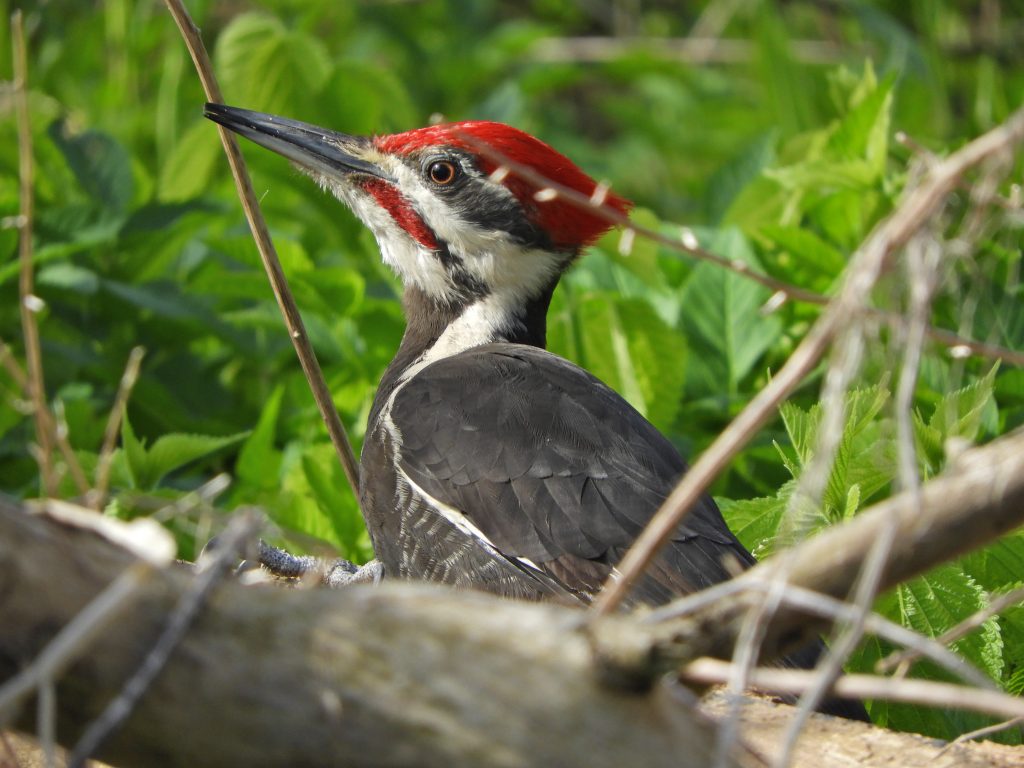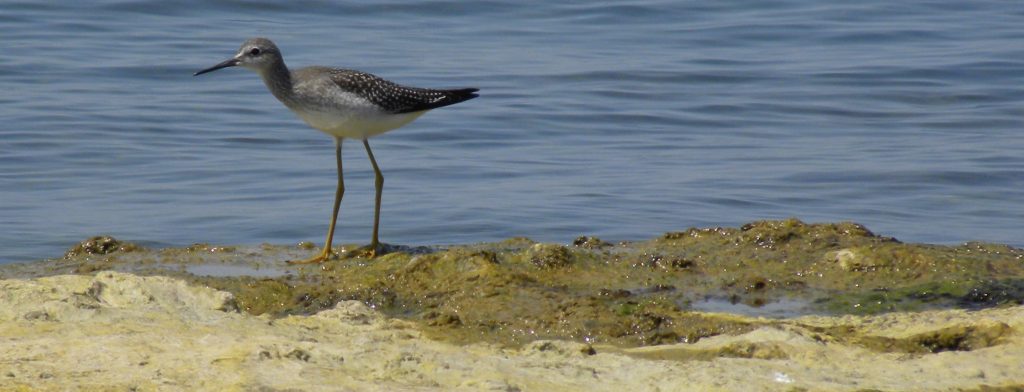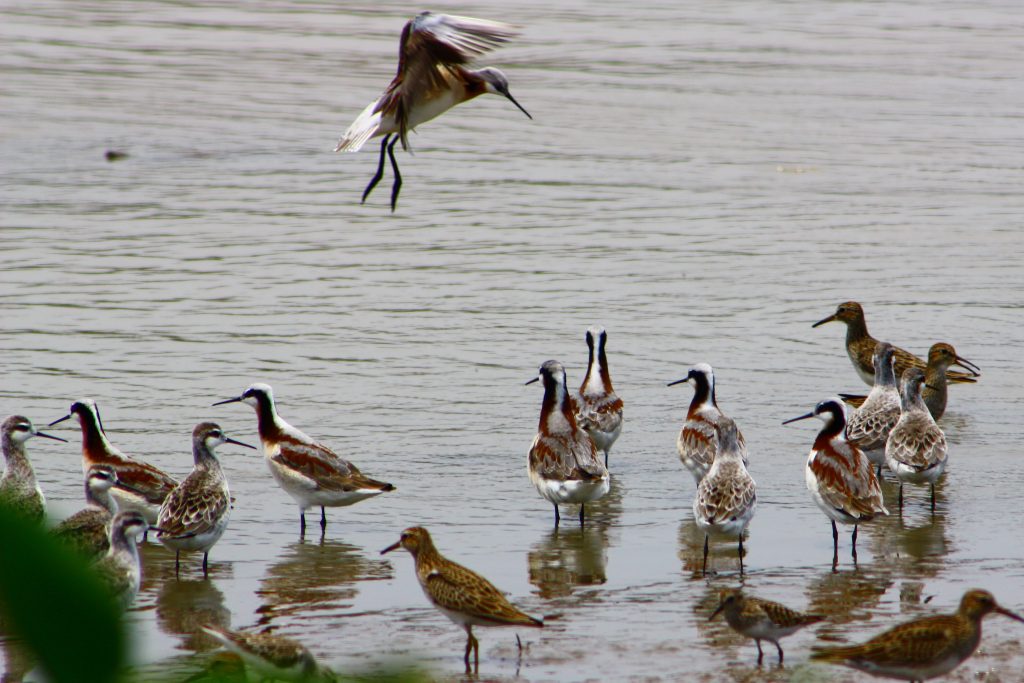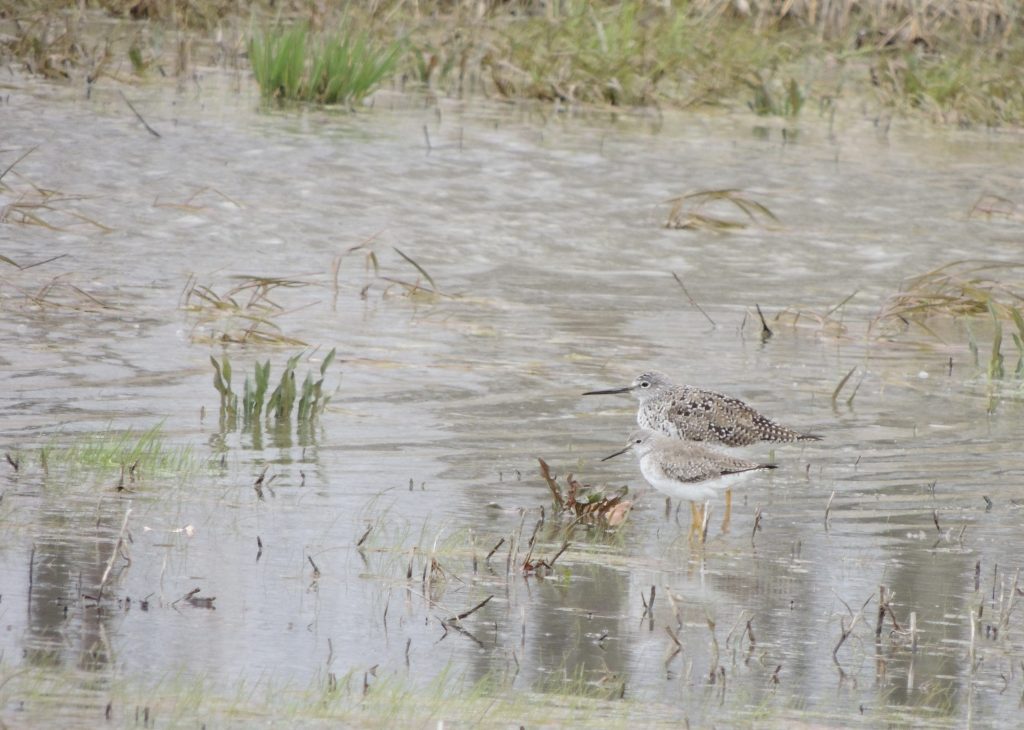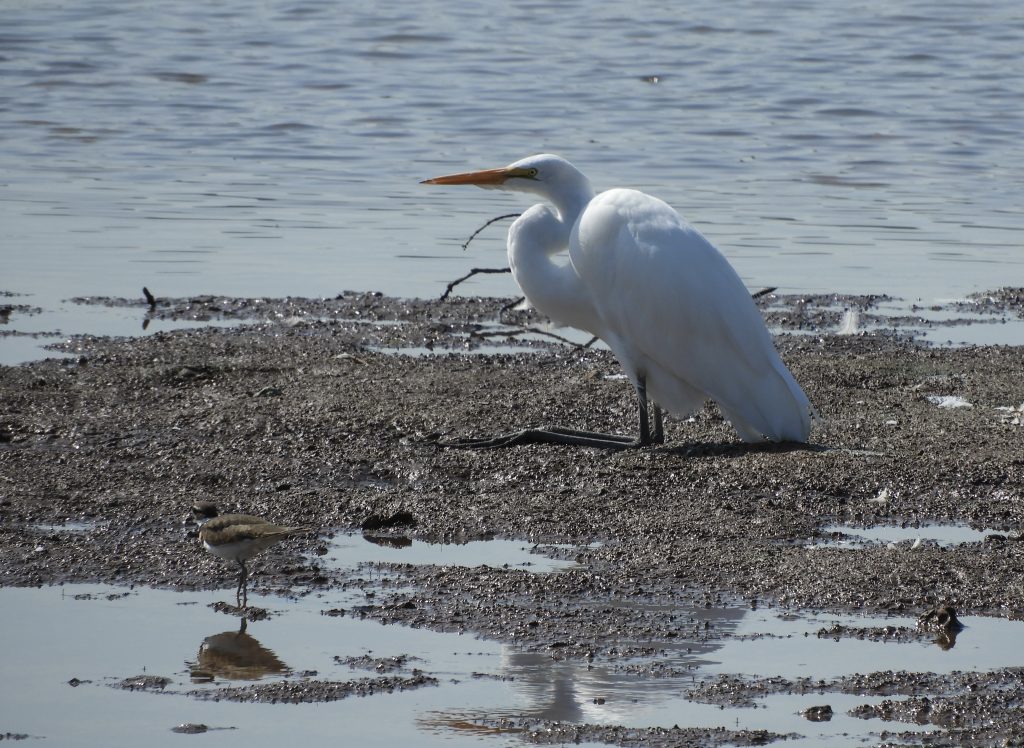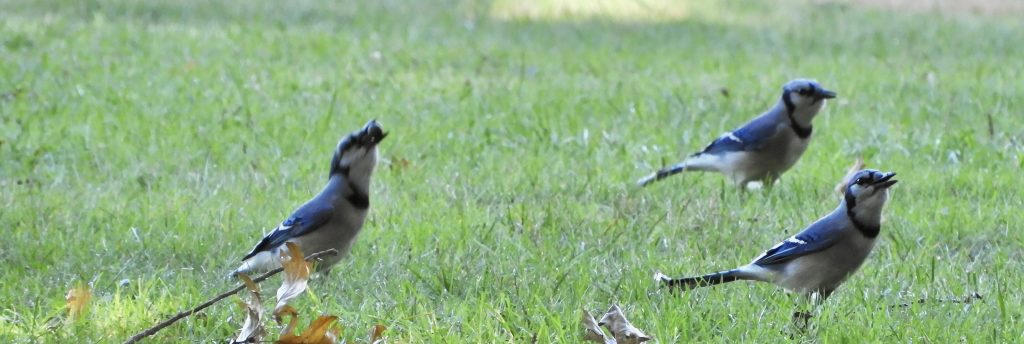 RBG Arboretum, Hamilton. ON. October 12, 2024. This was one of the best days birding in a while. Perhaps it was the fine weather, certainly it suited me, but it’s the bigger weather events that nudge birds into heading south and make our transect work more varied.
RBG Arboretum, Hamilton. ON. October 12, 2024. This was one of the best days birding in a while. Perhaps it was the fine weather, certainly it suited me, but it’s the bigger weather events that nudge birds into heading south and make our transect work more varied.
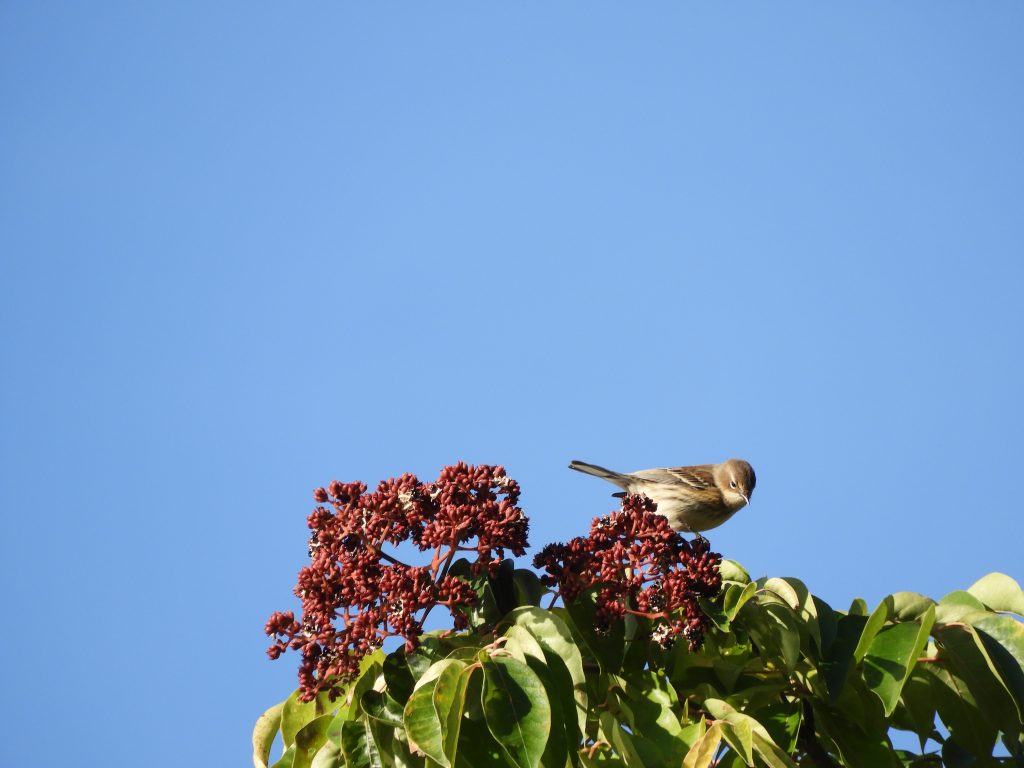
I completed one of our transects, thoroughly enjoying a few special moments: dozens of White-throated Sparrows in one patch of weedy grasses, flocks of Cedar Waxwings settling into tree-tops and Yellow–rumped Warblers busily working wherever the sun stirred small insect movement. A Peregrine Falcon turning in relaxed circles high over the lake was a nice sighting, followed a little later and much lower, by a young Bald Eagle who cruised along unconcerned by the consternation it caused to the many ducks below: Gadwall , Mallards and Northern Shovellers.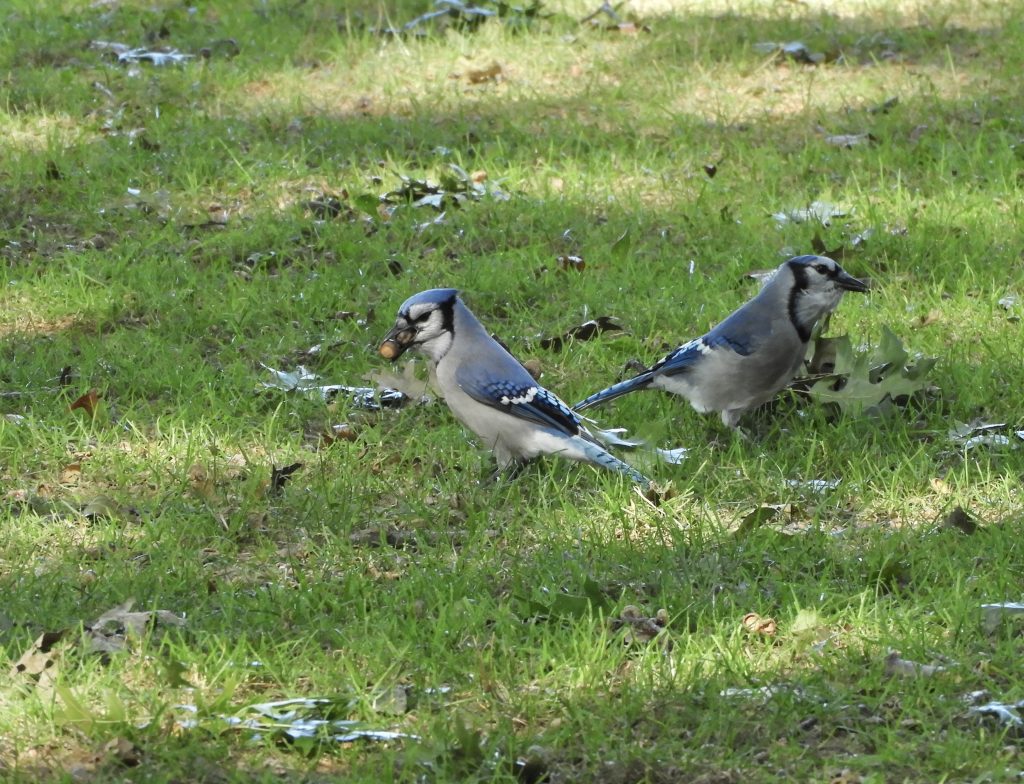
My Birds of the Day were hundreds of Blue Jays. There was an intermittent stream of them passing overhead, trending south and west; but just as many stayed, milling around, socializing and most importantly feeding. A huge acorn crop made the ground crunchy in places and dozens of jays had found and preferred the fallen acorns of one Northern Red Oak in particular. The wide green expanse beneath the tree often had 20 or 30 Blue Jays all feeding hungrily, gulping down just two, three or four acorns before leaving, crop bulging, to be quickly replaced by another hungry jay. I wondered what was special about this oak but noticed that its acorns were quite small, perhaps the size if the top joint of your little finger, while other oak’s acorns (also Northern Red Oaks) were twice as big, thumb-tip size.
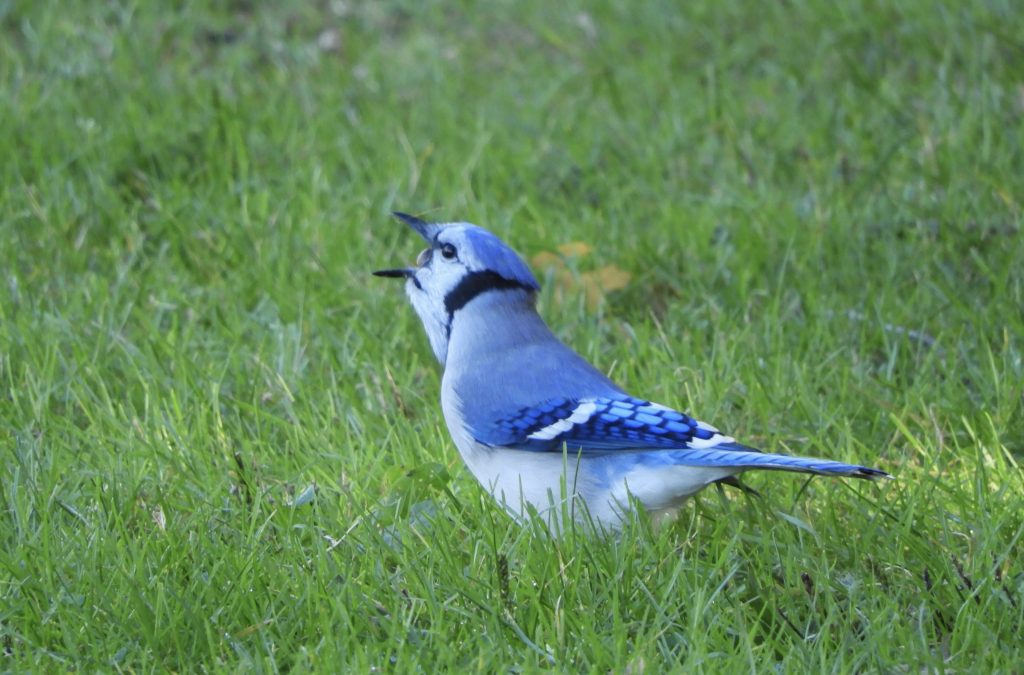
It’s interesting to note that almost exactly five years ago, I wrote about another Blue Jay acorn banquet. The need, timing and place was the same, but the feeding behaviour a little different. The favoured tree then was a Shingle Oak (which this year has few acorns) and I noted that the jays seemed to prefer its smaller acorns.
Today’s jays were able to accommodate no more than four smallish acorns in their crops, good food for a good while I’m sure. A dozen years ago I watched and wrote about European Jays (a quite different species and much larger) similarly gulping down more and bigger acorns.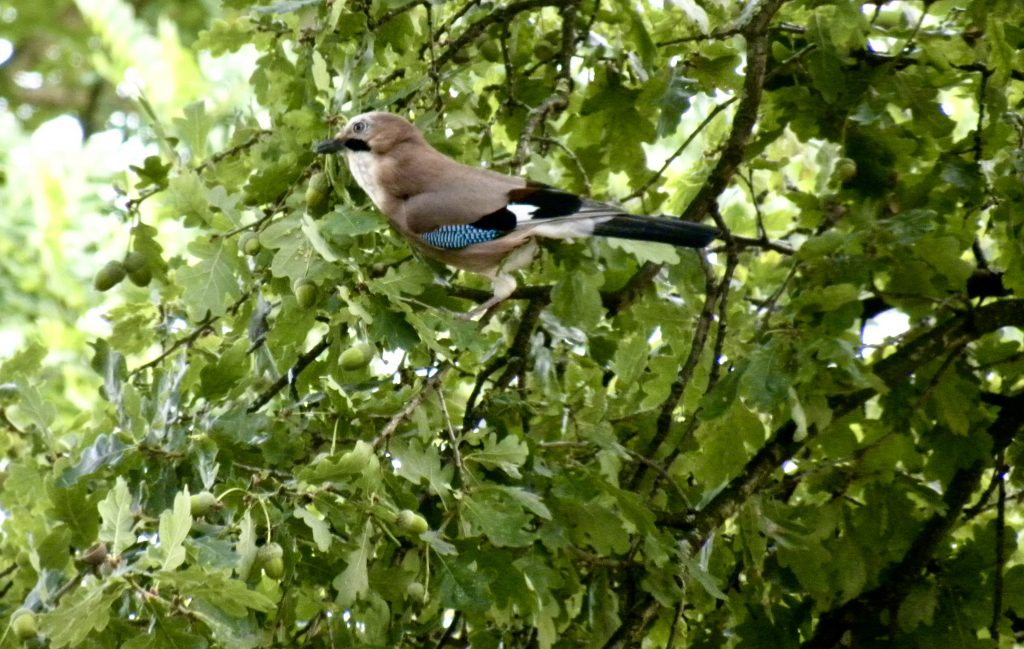
 RBG Arboretum, Hamilton. ON. September 27, 2024. For many years I had it in for the Wild Turkey. Not the bird, it is fascinating in many ways, and I’ll come to that, but the name, specifically the adjective ‘wild’. Briefly, I think wild is needless and self-evident, serving only to distinguish it from plastic-wrapped Christmas carcasses. For all those years I boycotted ‘Wild Turkey”, suggesting Woodland Turkey or Northern Turkey as more suitable. No-one shared my passion on the topic. I gave up.
RBG Arboretum, Hamilton. ON. September 27, 2024. For many years I had it in for the Wild Turkey. Not the bird, it is fascinating in many ways, and I’ll come to that, but the name, specifically the adjective ‘wild’. Briefly, I think wild is needless and self-evident, serving only to distinguish it from plastic-wrapped Christmas carcasses. For all those years I boycotted ‘Wild Turkey”, suggesting Woodland Turkey or Northern Turkey as more suitable. No-one shared my passion on the topic. I gave up.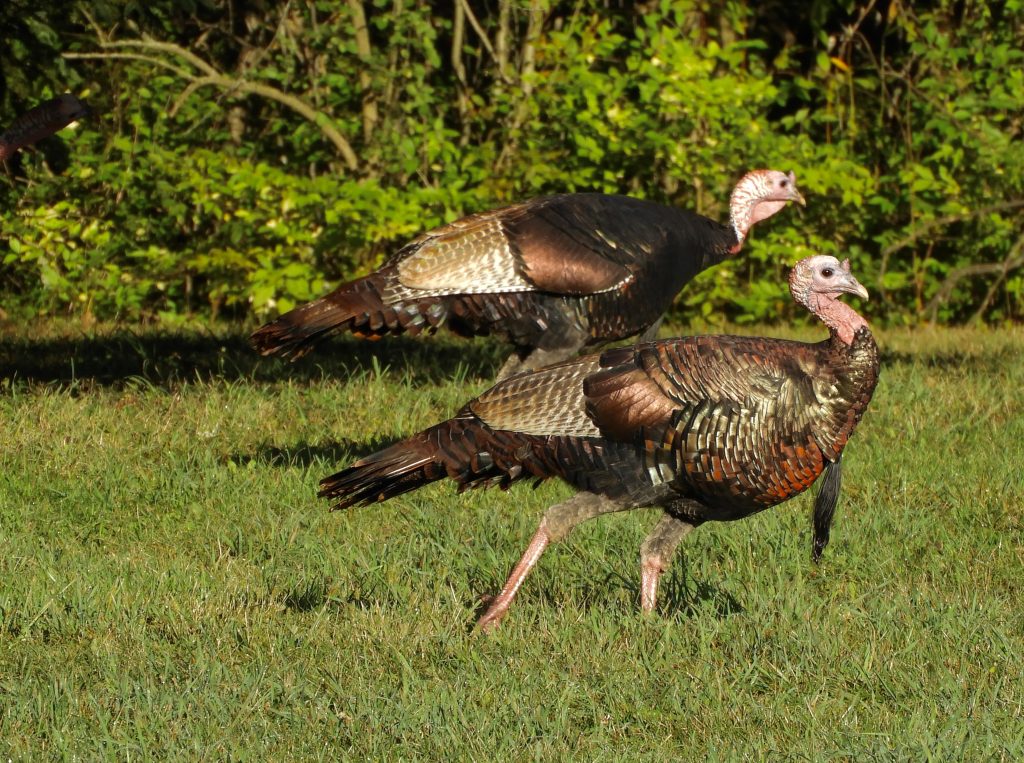
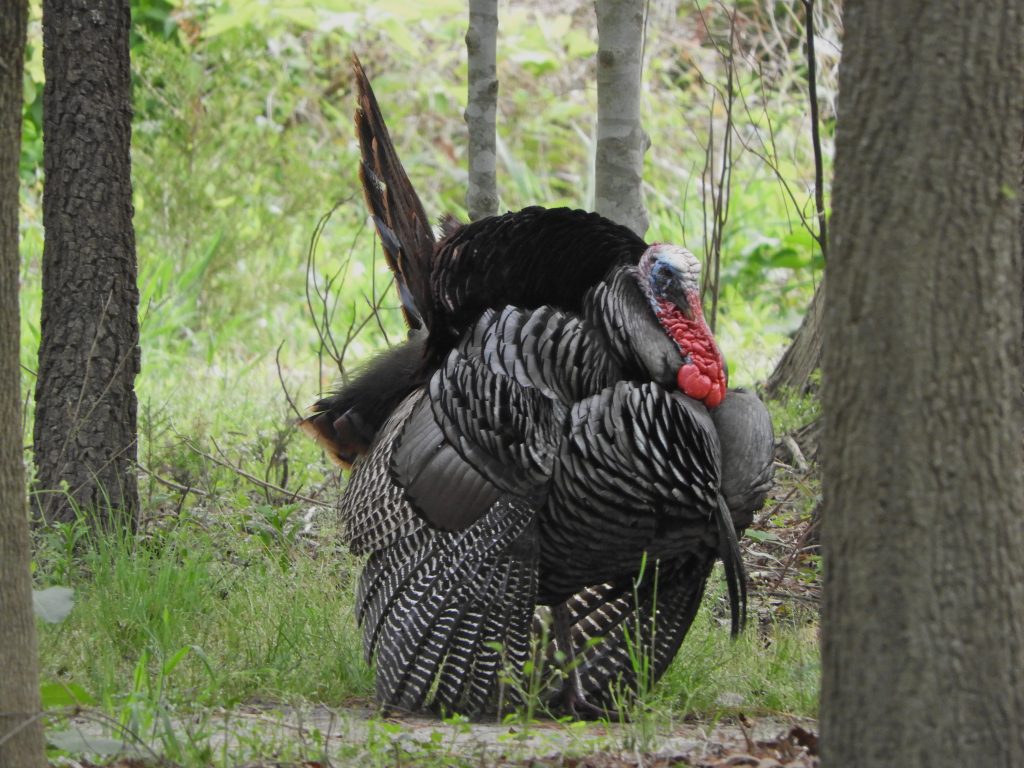
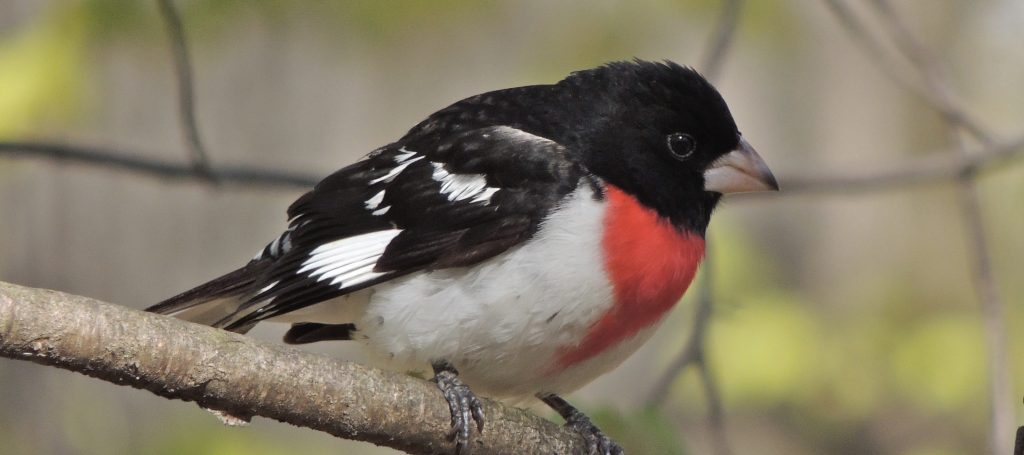
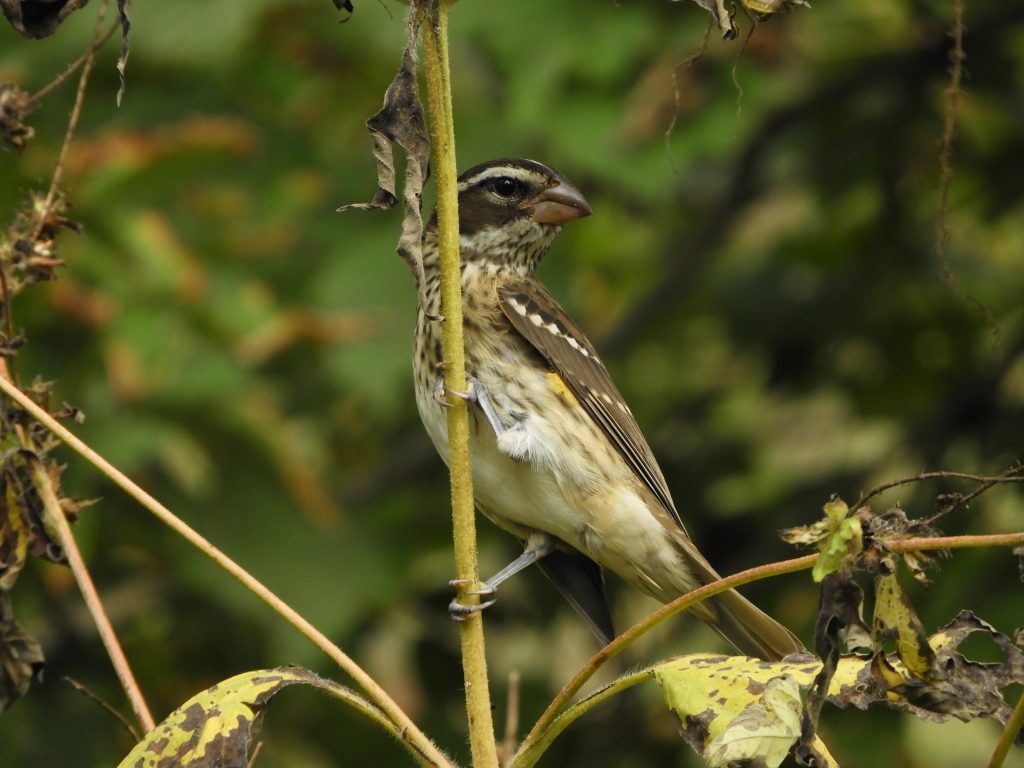
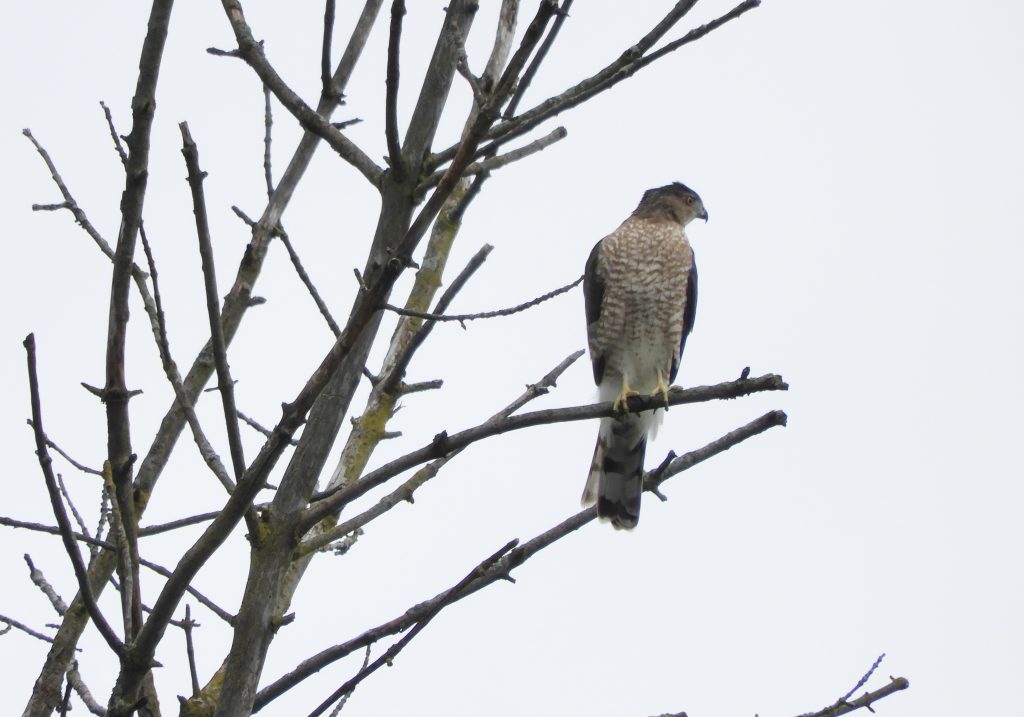
 RBG Arboretum, Hamilton. ON. September 20, 2024. After a mid-September birding drought, things picked up this morning. I started one of our transect walks on a fine day, a little overcast, not warm but warming. Things went quite well for a long while with dozens of shrieking Blue Jays streaming south-westwards.
RBG Arboretum, Hamilton. ON. September 20, 2024. After a mid-September birding drought, things picked up this morning. I started one of our transect walks on a fine day, a little overcast, not warm but warming. Things went quite well for a long while with dozens of shrieking Blue Jays streaming south-westwards.